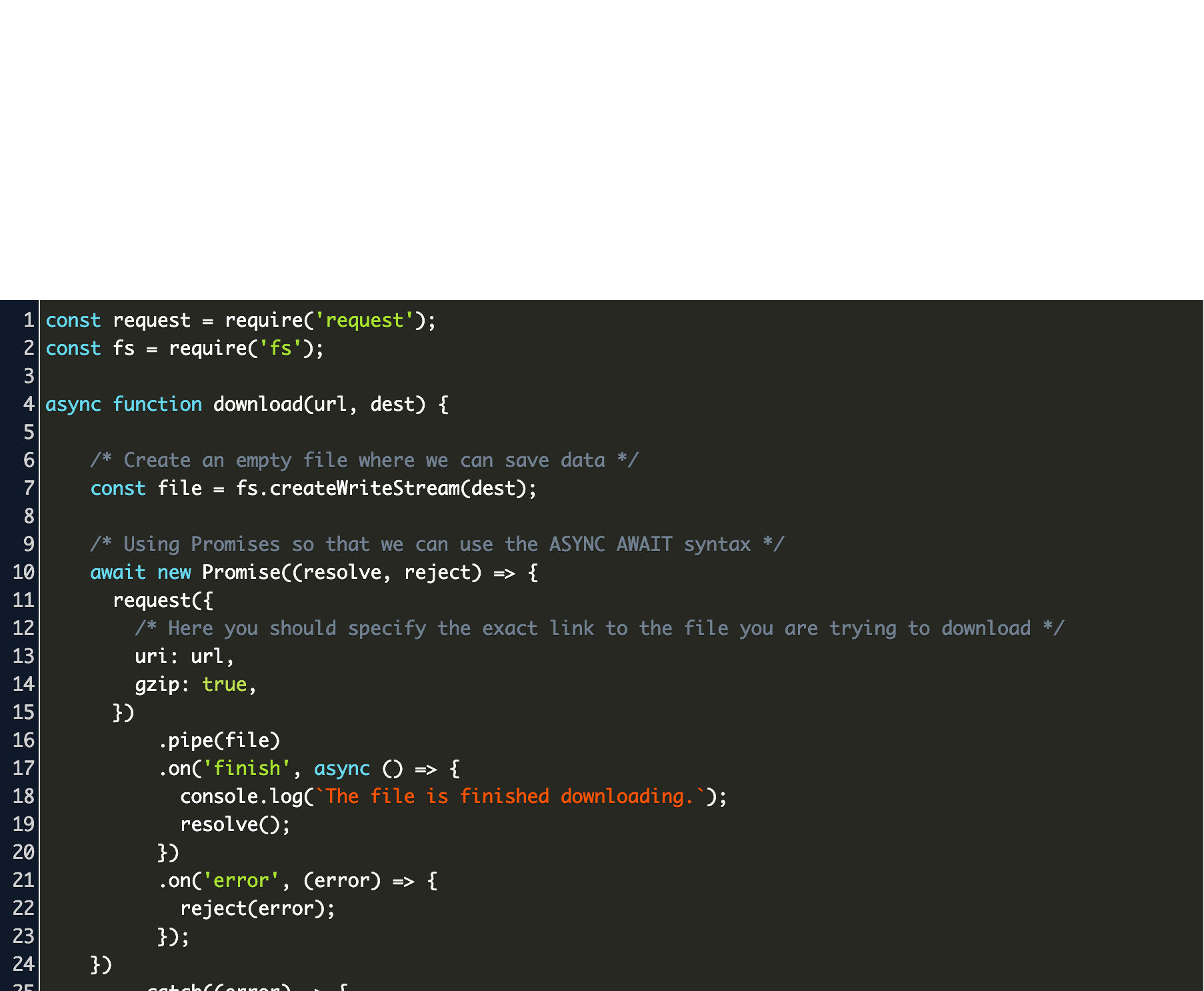

After beingįorwarded by the reverse proxy, request.ips will be Has an X-Forwarded-For request header for 'forged'. Proxy_add_x_forwarded_for, which poses a certain security risk.Ī malicious attacker can forge a client's ip address by forgingĪ X-Forwarded-Forrequest header. Most of the reverse proxy(nginx) set x-forwarded-for via Whenįor example if the value were "client, proxy1, proxy2", Of these ips is returned, ordered from upstream -> downstream. When X-Forwarded-For is present and app.proxy is enabled an array Shorthand for ctx.protocol = "https" to check if a request was Return request protocol, "https" or "http". freshness check requires status 20x or 304Ĭtx.body = await db.find('something') request.stale The following accessors and alias Response equivalents: The following accessors and alias Request equivalents: Using this property is considered a hack and is only a convenience to those wishing to use traditional fn(req, res) functions and middleware within Koa. This may break intended functionality of Koa middleware and Koa itself. Note that using this is not supported by Koa. Use this if you want to write to the raw res object instead of letting Koa handle the response for you. To bypass Koa's built-in response handling, you may explicitly set ctx.respond = false. status propertyĭefaulting to 500 that will allow Koa to respond appropriately.Ĭtx.assert(, 401, 'User not found. Koa uses the cookies module where options are simply passed.

If this is true, all cookies set during the same request with the same name (regardless of path or domain) are filtered out of the Set-Cookie header when setting this cookie. overwrite: a boolean indicating whether to overwrite previously set cookies of the same name ( false by default).This signature key is used to detect tampering the next time a cookie is received. sig suffix appended will also be sent, with a 27-byte url-safe base64 SHA1 value representing the hash of cookie-name= cookie-value against the first Keygrip key. If this is true, another cookie of the same name with the. signed: a boolean indicating whether the cookie is to be signed ( false by default).This can be set to 'strict', 'lax', 'none', or true (which maps to 'strict'). sameSite: a boolean or string indicating whether the cookie is a "same site" cookie ( false by default).httpOnly: a boolean indicating whether the cookie is only to be sent over HTTP(S), and not made available to client JavaScript ( true by default).secure: a boolean indicating whether the cookie is only to be sent over HTTPS ( false by default for HTTP, true by default for HTTPS).domain: a string indicating the domain of the cookie (no default).

path: a string indicating the path of the cookie ( / by default).expires: a Date object indicating the cookie's expiration date (expires at the end of session by default).maxAge: a number representing the milliseconds from Date.now() for expiry.signed the cookie requested should be signed.Consult the error handling docs for more information. For each event you can hook up "listeners", which is a function that is called when the event is emitted. emits an event with a type, defined by the first argument. Koa applications extend an internal EventEmitter. Middleware to execute downstream, the stack will unwind and each middleware is resumed to performĬtx.er = await User.find(id) ctx.appĪpplication instance reference. The function suspends and passes control to the next middleware defined. The x-response-time and logging middleware to mark when the request started, then yields control through the response middleware. The following example responds with "Hello World", however first the request flows through
#NODEJS URL SERIES#
Simply passes control through series of functions until one returns, Koa invoke "downstream", then Contrasting Connect's implementation which However with async functions we can achieve "true" middleware. This was previously difficult to make user friendly with node's use of callbacks. Koa middleware cascade in a more traditional way as you may be used to with similar tools.


 0 kommentar(er)
0 kommentar(er)
